4.0 out of 5.0 stars
“We Live In Time,” starring Andrew Garfield and Florence Pugh, uses nonlinear storytelling to portray the beautifully gut-wrenching relationship between Tobias Durand (Garfield) and Almut Brühl (Pugh) over the course of a decade. This deeply moving romance follows the lives of the couple as their relationship forms and is challenged by managing the concept of time and how fast it passes.
The film, directed by John Crowley, begins with former figure skater and Bavarian-fusion chef, Almut, being diagnosed with stage 3 ovarian cancer. Almut and her husband struggle to decide the best course of action: six months of life without treatment or 12 months of chemotherapy treatment that doesn’t guarantee remission.
The rest of the story unfolds in a nontraditional format, showing the couple’s meet-cute develop into an unconventional love story. We see their relationship form from the very beginning. This part of the film was especially moving because of the unusual nature of their relationship, for example, the progression from Tobias signing divorce papers from his previous marriage to Almut accidentally hitting him with her car. This makes the foundation of their relationship even more beautiful to the audience. Although the couple’s life wasn’t picture-perfect, the love they had for each other was everything and more. The connection they made with each other made every moment seem flawless.
The effects of Almut’s previous cancer diagnosis are prevalent throughout the film, provoking a sense of apprehension as viewers are constantly developing concern for her and the relationship she shares with Tobias. The couples’ initial struggle to conceive is shown through a powerful sequence of Almut taking pregnancy tests, an impatient Tobias waiting for the results and the unconventional labor process in which Almut gives birth in a gas station bathroom. This illustrates the complex foundation of their relationship, which is unsteady, comical and beautiful all at the same time. The sequence itself is no different than every other pregnancy montage seen in other films, however, it’s the emotion seen from Pugh after each negative test that makes this portion of the movie memorable. The absolute panic shown by Tobias in the birth scene partnered with the comical labor process from Almut is what makes the entire sequence flow seamlessly and appeal to viewers.
While the plot of “We Live In Time” proves itself to be strong, the story may have not been as captivating without the influential acting choices made by Pugh and Garfield. Since the film was told in a nonlinear format, there is a lack of context for the characters’ backgrounds. Pugh and Garfield’s passion, line delivery and acting choices are the reasons why there is such an intimate connection between these characters.
Pugh’s previous roles where she played emotionally charged characters — Amy March in “Little Women” and Alice Chambers in “Don’t Worry Darling” — clearly influenced her performance in “We Live In Time,” because she portrayed such an emotionally driven story while also being comedic and witty, making her more relatable to the audience. Despite Almut’s diagnosis, she was still able to raise her child and advance in her job. When Almut is diagnosed with cancer the second time, she and Tobias navigate raising their daughter, Ella, and help her conceptualize the idea of her mother’s illness. Almut is terrified of being forgotten, and she wants to leave a legacy for her daughter to look back on when she’s gone. As an audience, viewers are saddened by the reality of Almut’s life coming to an end, but are empowered by the determination she has to make her family proud of all she’s accomplished. Pugh’s facial expressions, line delivery and body language portray the human experience of how time moves on even if you are not prepared for it. Garfield displays the true and raw emotions of a spouse dealing with the death of their partner. We see Tobias go through multiple stages of grief, with Garfield showing anger, fear, sadness and concern in a way that makes audiences feel connected to his character while not knowing much about him.
Although Almut’s life was ending, it was ending the way that she wanted it to. She wanted to be remembered for her accomplishments rather than how sick she was, and she wanted to leave a positive legacy for her daughter. This desire was the guiding light in the ending scenes filled with emotional callbacks to before time got the best of them. Although some aspects of “We Live In Time” can be seen as cliche, the raw emotion conveyed by the actors paired with the cinematic portrayal of unconditional love in times of uncertainty represents the deep connection between two lovers and the pressure of time.



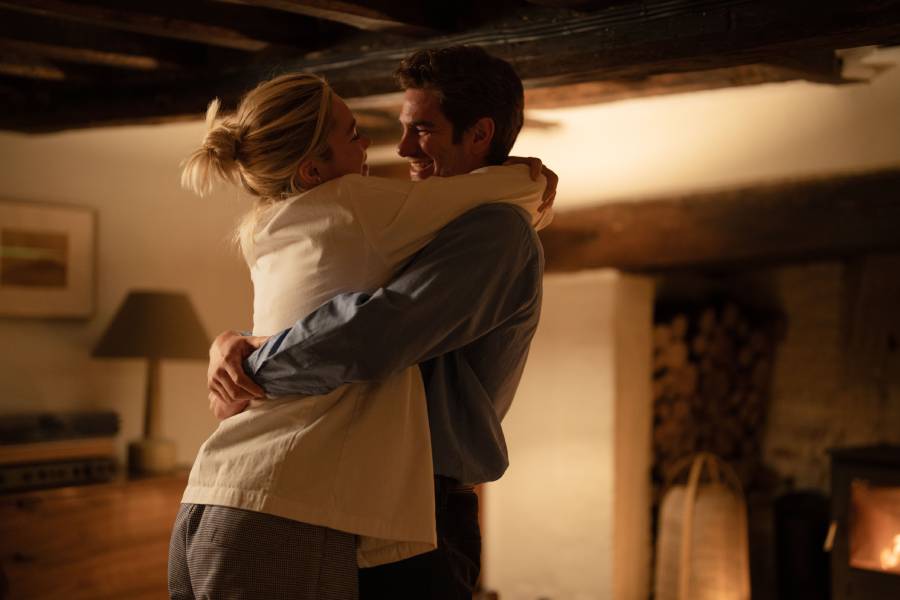




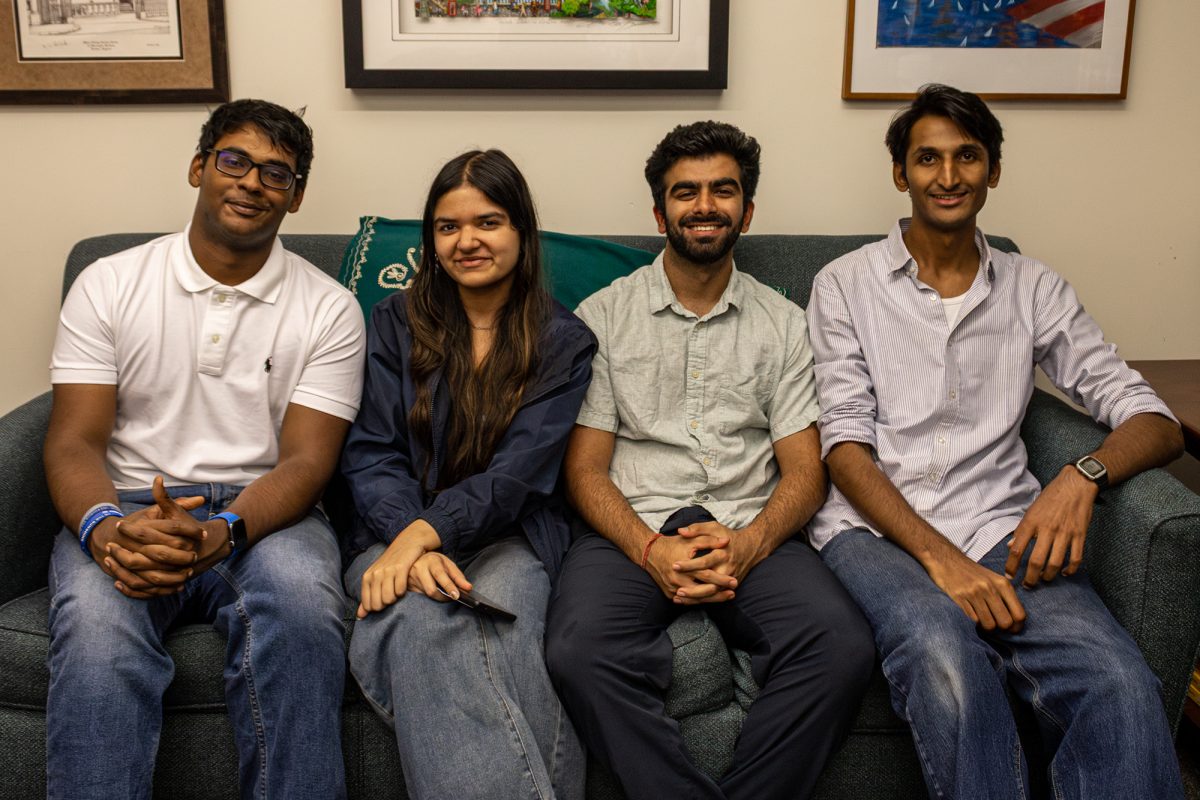



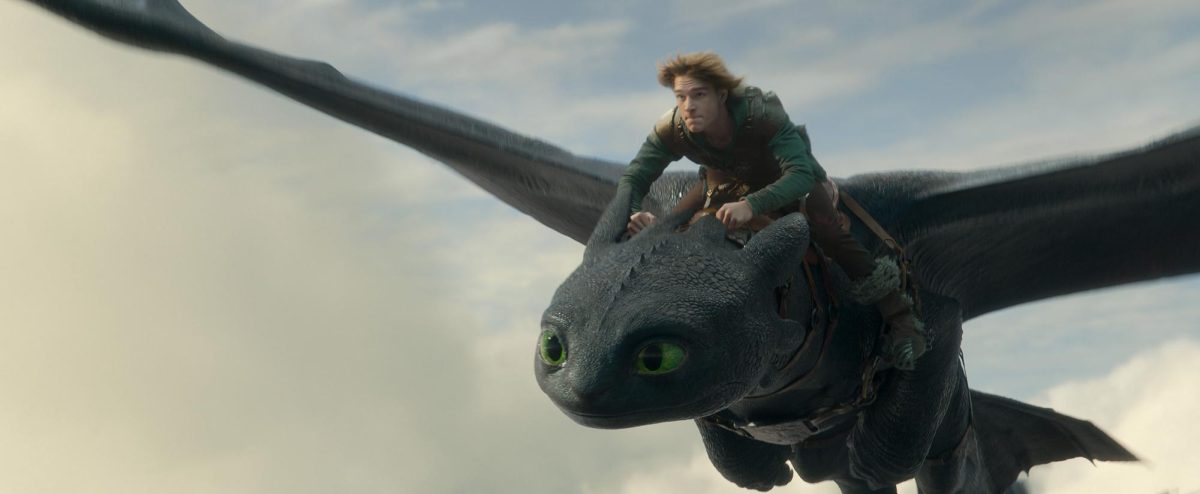
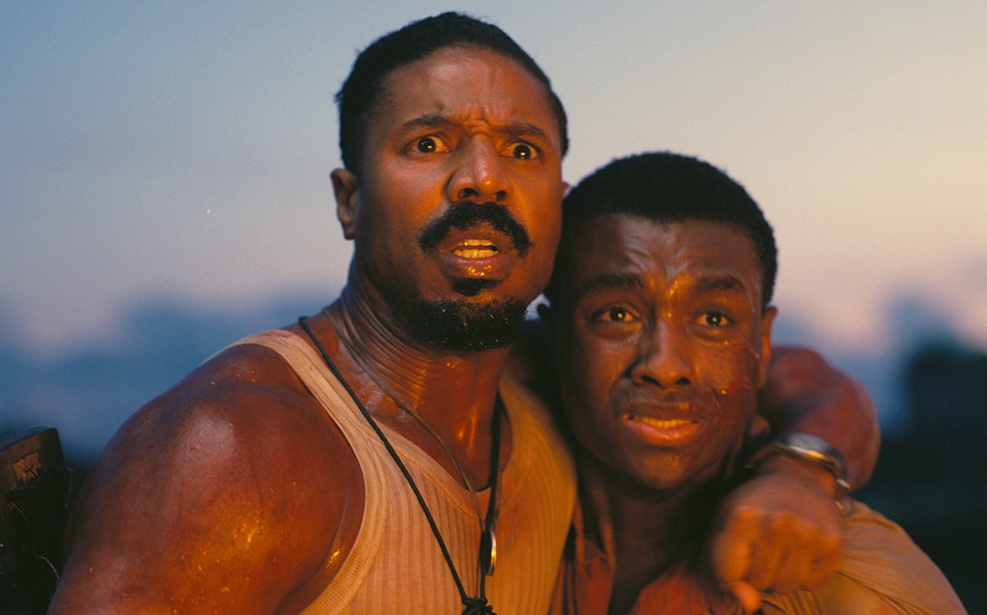
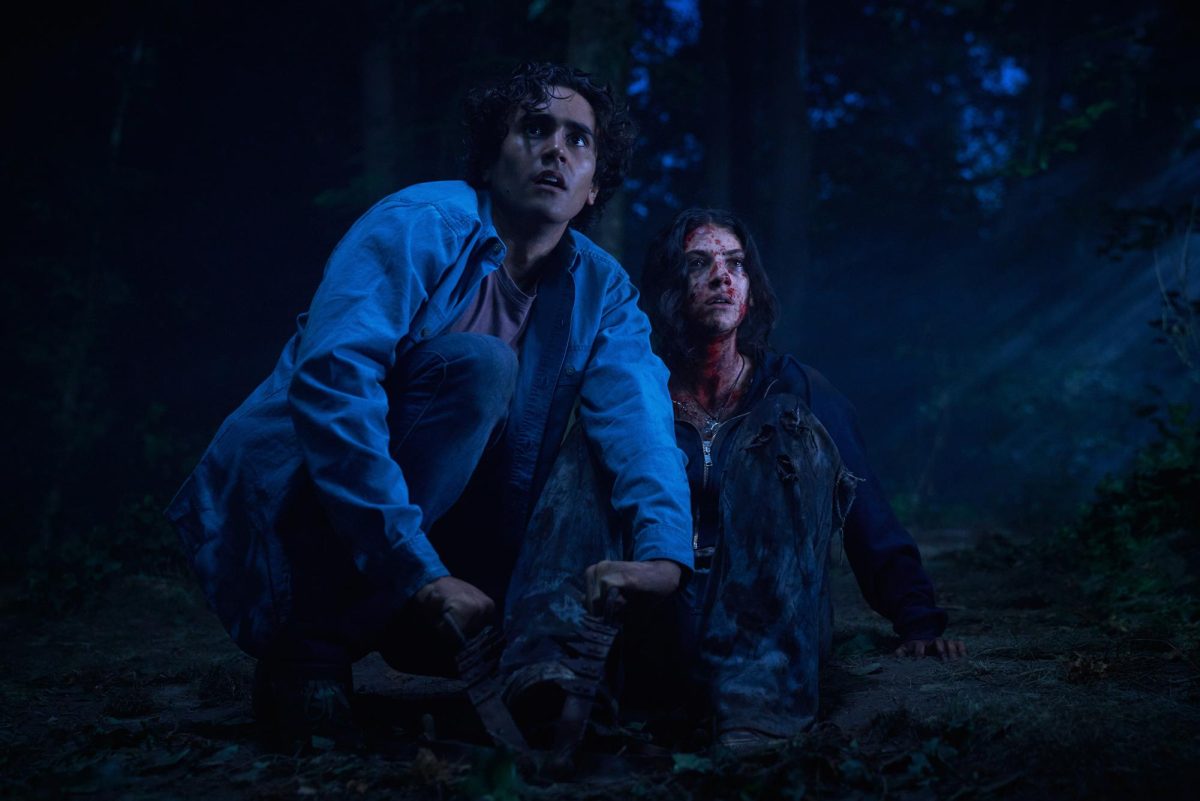
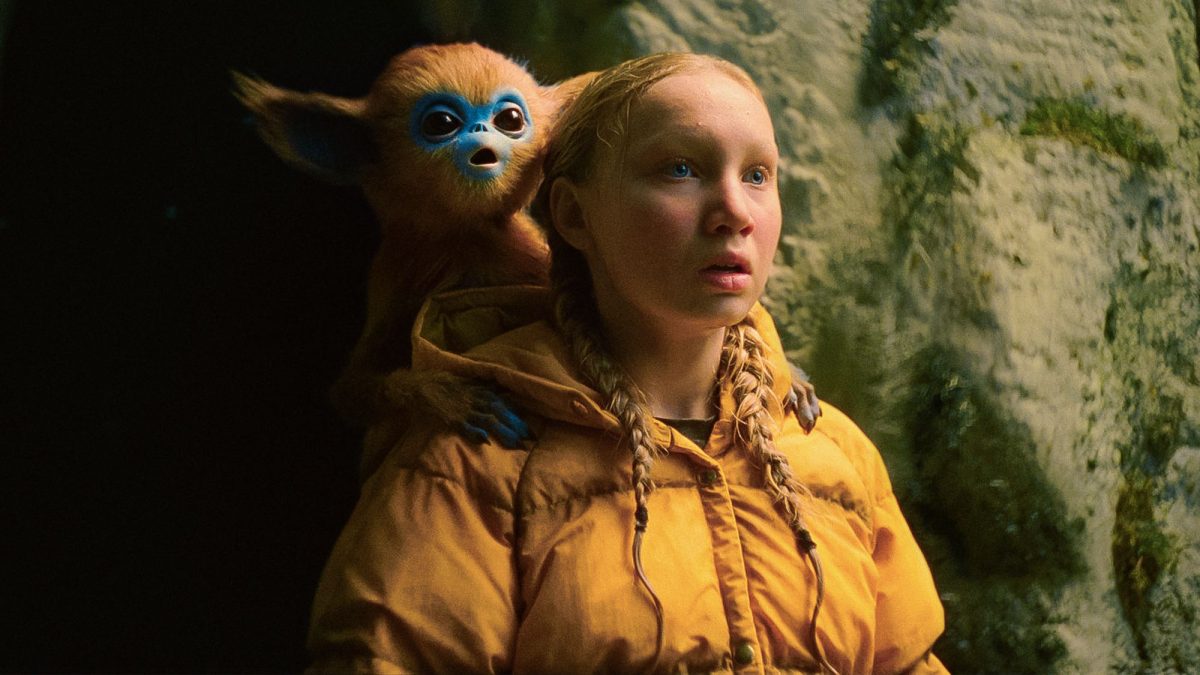







joseph j laporta • Oct 27, 2024 at 3:57 pm
That’s my niece well done love ya lots.
Stacey Iandolo • Oct 27, 2024 at 3:50 pm
Excellent job Lucia!
Mei Dennison • Oct 27, 2024 at 3:22 pm
Incredible review, Lucia!
Kaeleigh Banda • Oct 27, 2024 at 3:20 pm
Amazing review, Lucia!